7 Best Back-End Developer Courses to Start Your Career

In this article
Whether you’re coming from a non-technical background or making a pivot within the tech industry, online courses are a great way to achieve your goals. With flexible schedules, negotiable deadlines, and affordable prices, these bootcamps are an accessible path toward higher salaries and dream careers for a lot of people.
However, the market for online coding bootcamps is now 10 times larger than it was a decade ago, meaning there are a lot of options available. To help you save some time and get closer to enrolling in your perfect course, we’ve curated this list of our seven favorite back-end developer courses.
What Is a Back-End Developer Course?
Front-end and back-end development are the two sides of creating dynamic websites and applications. Back-end courses teach students how to build and manage databases and servers, implement APIs, and store data securely. Longer courses teach advanced concepts and cutting-edge technologies that can help students land their first back-end developer job after graduating.
Our Favorite Back-End Developer Courses
There are a lot of great courses for back-end developers on the market, but here are our seven favorites.
| Company | Course | Rank | Price | Details |
|---|---|---|---|---|
 |
Software Engineering Career Track | 4.64 | $9,900 | Learn More |
 |
Learn Java | 4.2 | $179.88 | Learn More |
 |
Java programming Video Courses | 2.9 | $19.99 | Learn More |
 |
Server-side Development with NodeJS, Express and MongoDB | 4.7 | $39 | Learn More |
 |
Become a Full-Stack Web Developer | 4.4 | $39.99 | Learn More |
 |
IBM Full Stack Software Developer Professional Certificate | 4.5 | $39 | Learn More |
 |
Full Stack JavaScript Development | 4.72 | $399 | Learn More |
Springboard: Software Engineering Career Track
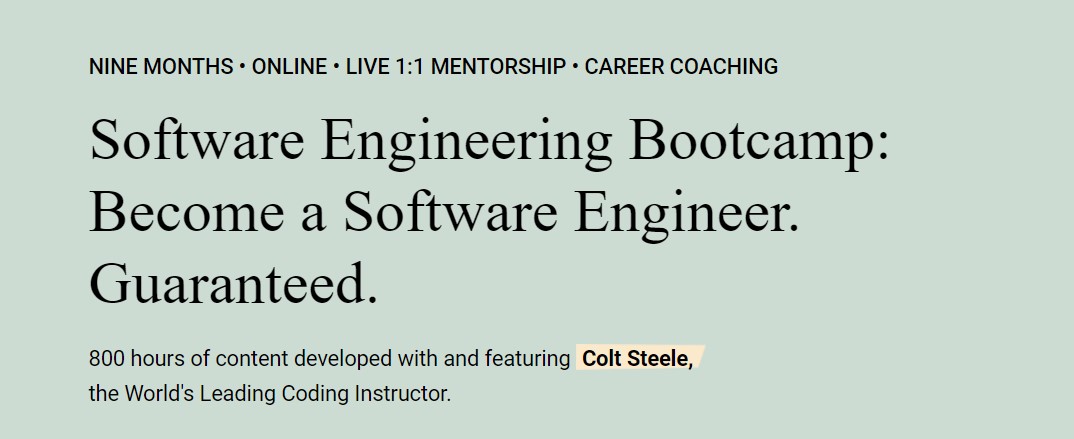
Rating
Course Report: 4.64 out of 5 (1,292 ratings)
Overview
The Springboard Software Engineering Career Track is a comprehensive bootcamp with over 800 hours of content. Students graduate the course job-ready, with a guarantee that if you don’t land a job in six months, then you’ll get your money back.
The course is delivered online with live classes and live sessions with your personal mentor. You’ll also spend time with a professional career coach who can help you establish your goals after graduating, refine your resume, and practice your interview skills.
The curriculum will guide you through the following core topics:
- Front-end engineering
- Back-end development with Python, Flask, and SQL
- Node and Express
- ReactJS and Redux
Get To Know Other Software Engineering Students
Julia Ayres
Software Engineer at Northspyre
Kristy Chu
Software Engineer at FloQast
Geraldo Gomes
Software Engineer at Affirm
Best For
To make the most out of the Software Engineering Career Track, students should have a solid foundation in the fundamental concepts of JavaScript, problem-solving skills, and HTML and CSS skills. However, if you’re not at this level yet, Springboard offers a three-month prerequisite course for beginners at no extra cost.
Duration
The Career Track takes 9 months to complete at 20-25 hours per week, or 11 months when taking the prerequisite course beforehand.
Prices Starting From
The upfront cost of the course is $9,900, with monthly payment, credit, and deferred tuition options available as well.
Codecademy: Learn Java
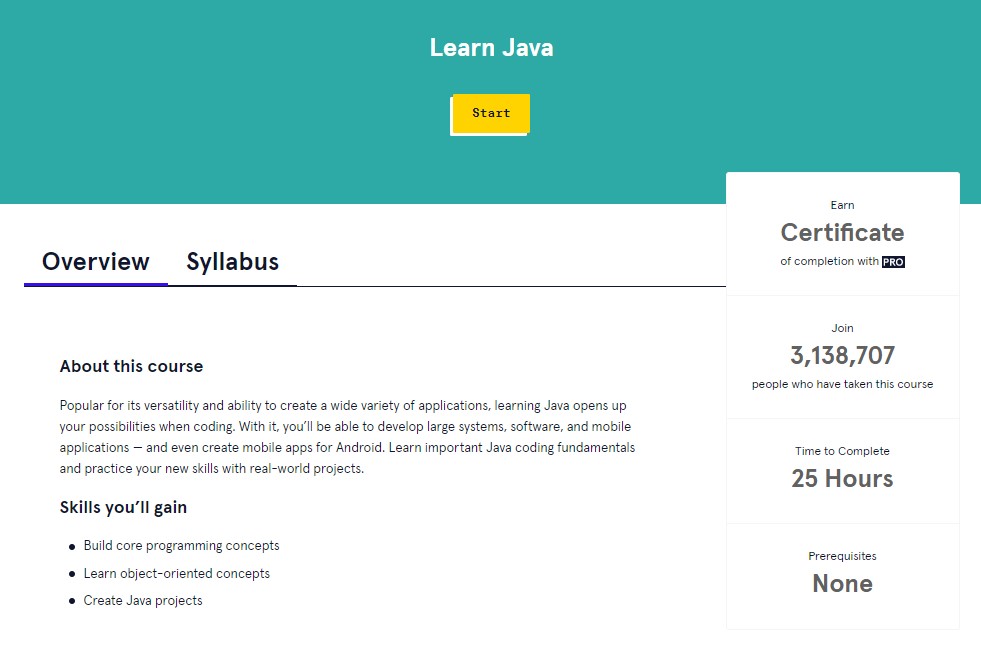
Rating
Trustpilot: 4.2 out of 5 (1,365 ratings)
Overview
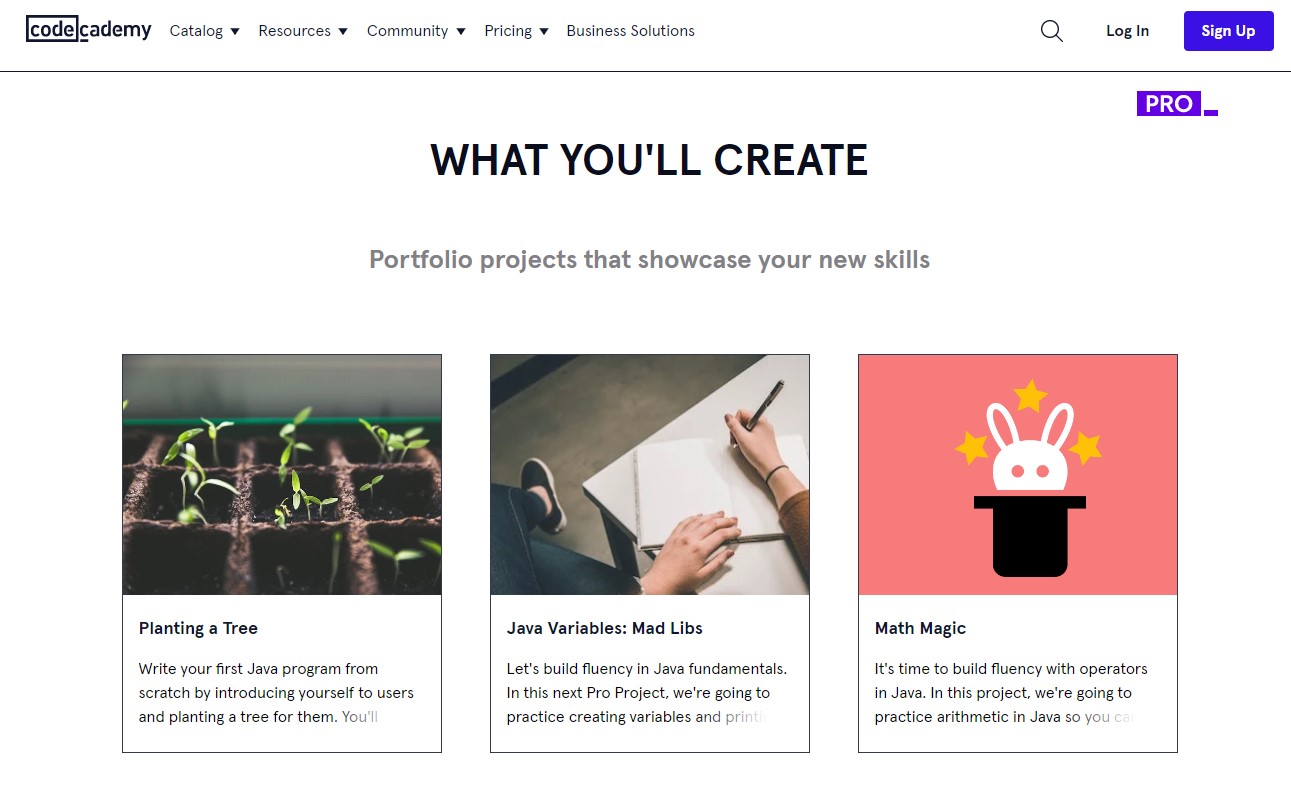
This course focuses on the popular back-end programming language, Java. It’s a great complementary course if you’re studying from multiple resources or attending a back-end web development bootcamp that focuses on other languages. You’ll complete seven real projects and study using video lessons, articles, and quizzes.
Best For
As an introductory course to Java, students of any experience level can feel comfortable enrolling, including experienced software engineering professionals who want to learn a new language. If you’re studying to become a back-end developer and haven’t covered the Java programming language yet, then this could be a great starter course for you.
Duration
This course can be taken at whatever pace you want and should be completed in 25 hours.
Prices Starting From
The Learn Java course is one of Codecademy’s Pro courses, which costs $14.99 per month to subscribe to. The minimum subscription period is one year, meaning the course will cost $179.88 in total, but you will have access to all other courses for the duration of the year as well.
Java Code Geeks
Rating
Trustpilot: 2.9 out of 5 (2 ratings)
Overview
Java Code Geeks is a resource website with hundreds of courses, quizzes, articles, and other resources for aspiring engineers. Its content can be used to supplement your coding education in a variety of other languages as well as Java, with purchasable resources ranging from 100 Java programming practice questions, to introductory video courses.
Best For
This is a particularly great resource for structured self-study, giving you set goals and content to work through on your weekends or evenings after class. The website offers content for a range of skill levels, so you can benefit even if you’re not a beginner.
Duration
The courses and resources on this site amass hundreds of hours of content.
Prices Starting From
There are many different courses for different prices, with a large number costing between $9.99-$19.99.
The Hong Kong University of Science and Technology: Server-Side Development With NodeJS, Express and MongoDB

Rating
Coursera: 4.7 out of 5 (2,490 ratings)
Overview
This online course offered by Hong Kong University of Science and Technology through Coursera deals with everything server-side. By the end of the course, graduates should be able to build a back-end server using the NodeJS framework and build a RESTful API to allow the front end to access back-end services.
Best For
This is an intermediate-level course and expects enrollees to have some experience with the programming foundations. Deadlines and study schedules are completely flexible, and you can take as long as you need to finish the content.
Duration
There are 48 hours of content altogether, which can be studied at a flexible pace.
Prices Starting From
Coursera offers its course in audit form free of charge, which means you get access to all the materials and receive the full course experience. If you want to earn a shareable certificate on completion of the course, you’ll need to subscribe for $39 a month.
LinkedIn Learning: Become a Full-Stack Web Developer

Rating
G2: 4.4 out of 5 (563 ratings)
Overview
Aimed at individuals with no prior computing experience, this set of courses on LinkedIn Learning covers all the essential training required to become a full-stack developer. This includes a number of courses suitable for studying back-end development, including:
- React.js
- Node.js
- SQL
- NoSQL
- REST APIs
- DevOps Foundations
Courses covering front-end topics can also be useful for aspiring back-end developers, as a basic understanding of a front-end developer’s job can help facilitate smooth collaboration on projects.
Best For
All beginner-level courses within this learning path can stand on their own, meaning you can pick and choose the courses you’re interested in taking. Content is delivered through video lectures, quizzes, and solo projects which allow you to progress through the courses completely at your own pace, making this platform suitable for full-time workers or college students.
Duration
There are 12 courses included in this learning path, totaling 29 hours of content.
Prices Starting From
Access to the LinkedIn Learning platform starts at $19.99 a month when billed annually or $39.99 when billed monthly. However, there is a month-long free trial available which would be enough time to complete this back-end software developer course.
IBM Full Stack Software Developer Professional Certificate
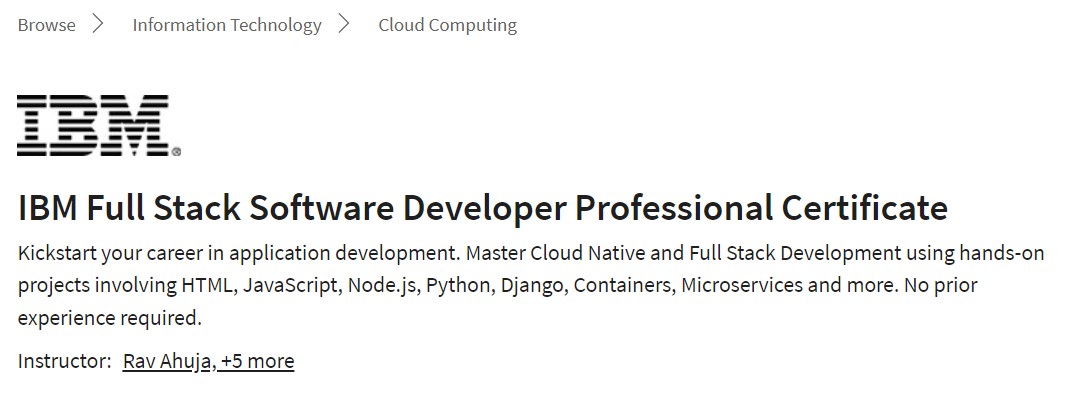
Rating
Coursera: 4.5 out of 5 (2,002 ratings)
Overview
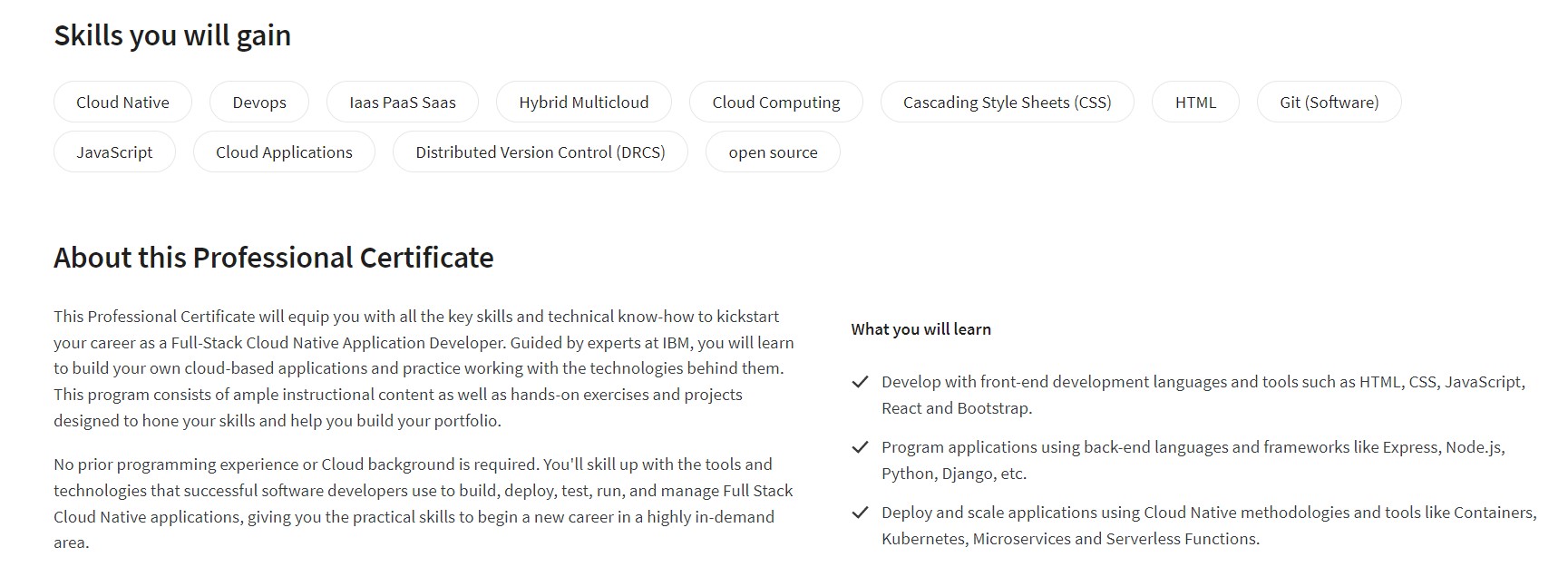
IBM offers its Full Stack Software Developer Certificate through Coursera. It’s designed for complete beginners with no prior experience in any kind of programming. The content of the course focuses on hands-on projects and using the programming skills you learn to build applications. Work you complete will be posted to your GitHub, where you can show portfolio projects to potential employers. Programming languages used in this course include Python, CSS, HTML, and Javascript, and modules cover both front-end and back-end web development skills.
Best For
With a suggested pace of just three hours a week, this course is perfect for full-time workers who want to steadily progress towards a career change without quitting their jobs.
Duration
Students can approach this course at whatever pace suits them, but at the recommended pace of three hours a week, it should take 14 months to complete.
Prices Starting From
This course can be audited for free, but if you wish to earn a certificate, you’ll need to subscribe for $39 a month.
Udacity: Full Stack JavaScript Developer Nanodegree Program
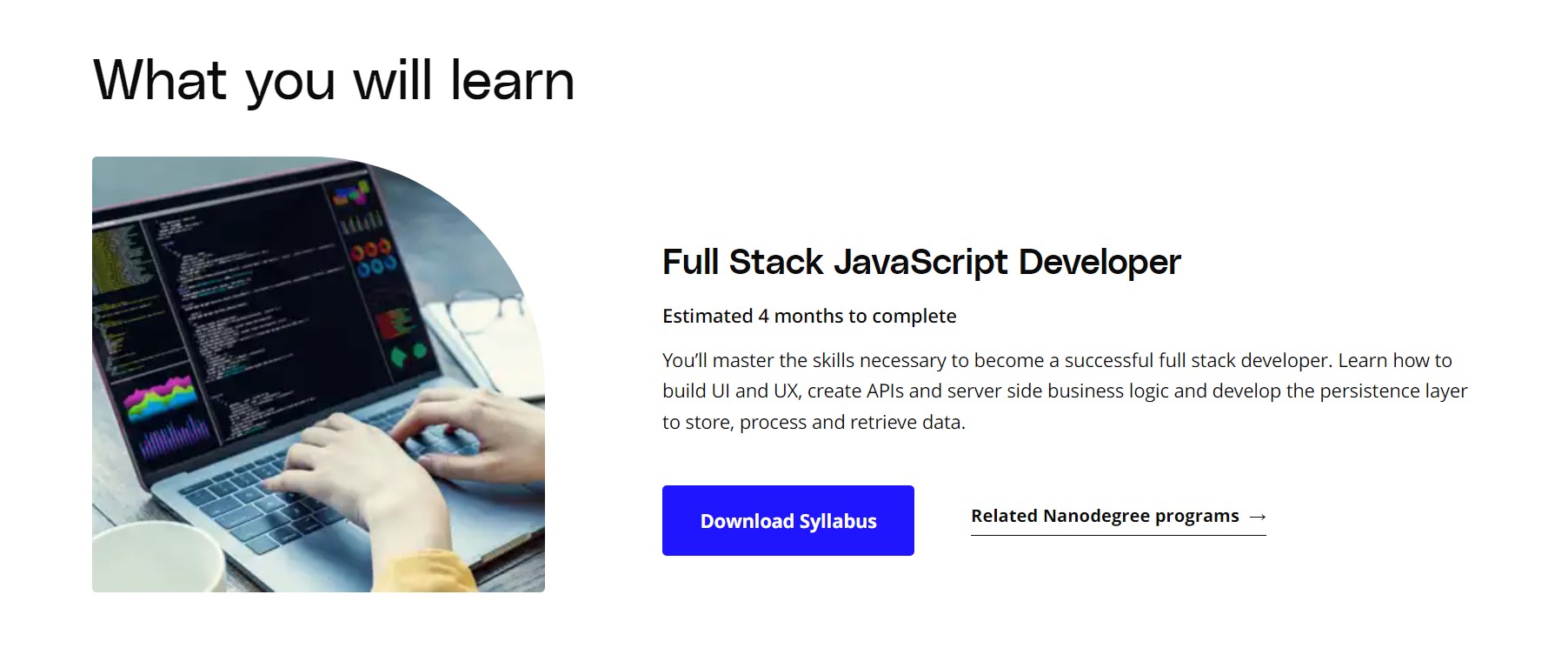
Rating
Course Report: 4.72 out of 5 (611 ratings)
Overview
Udacity offers personalized support for its course by dividing assignment marking and technical support between over 1,400 technical mentors and project reviewers. This system allows students to submit their assignments and receive grades and advice as many times as they want, and contact mentors with technical questions whenever they need to with Udacity’s messaging platform.
Real-world projects completed on the course include building both the back-end and front-end elements of a merchant store website, and the capstone project is hosting a full-stack application. You’ll also learn how to track changes in your code using version control skills, which will help you manage the efficiency of the development process.
Best For
This course is aimed at people with prior hands-on experience in HTML, CSS, Javascript, and JSON, so it’s not a beginner-friendly course.
Duration
Udacity courses take an average of four months to complete at the suggested pace of 10 hours per week.
Prices Starting From
Udacity offers a monthly subscription for $399, which allows students to work at their own pace. If you’re planning to take the course and study for the recommended 10 hours a week, you can pay for four months of access with a 15% discount.
How Do You Choose a Back-End Developer Course?
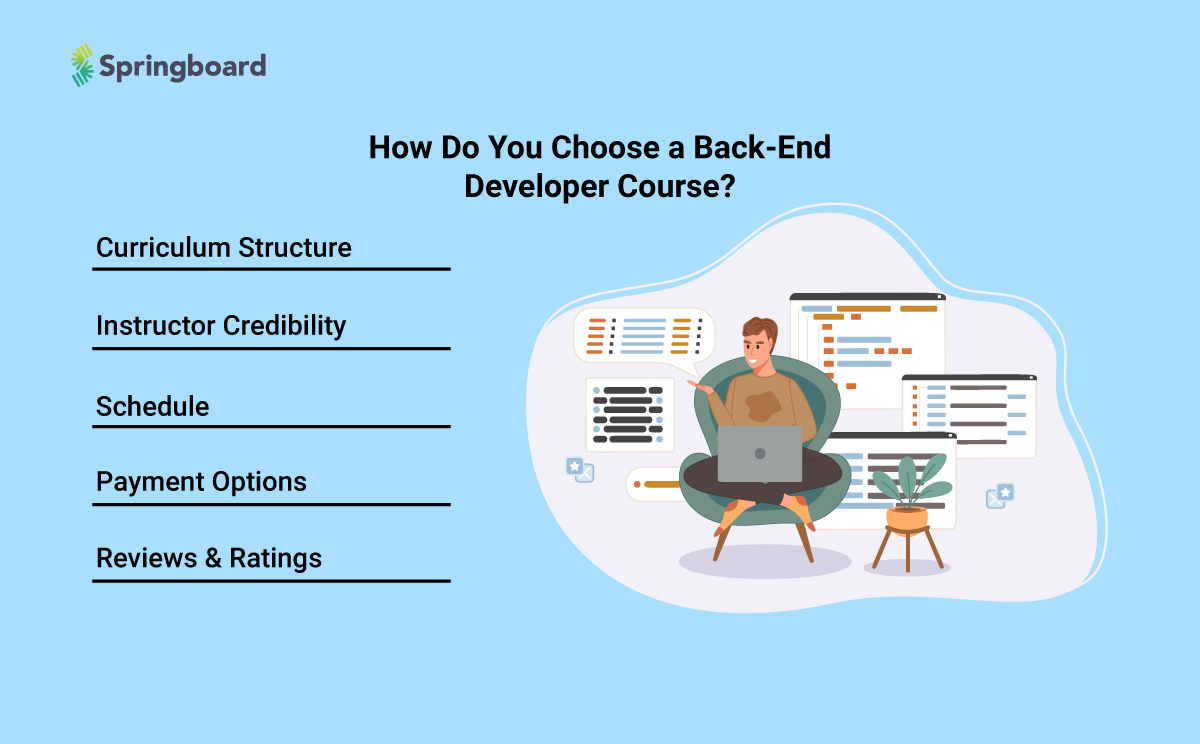
There are a lot of back-end web development bootcamps to choose from, so we’ve put together some helpful tips, so you know what to look for in a quality course.
Curriculum Structure
It may seem obvious, but it’s always important to check course curriculums and make sure they teach exactly what you want to learn. This is especially true with back-end development courses because many have prerequisites and expect students to already know certain back-end programming languages and basic principles.
Watch out for the phrase “beginner friendly,” as it can sometimes mean beginners in this area of programming rather than complete beginners with no programming experience.
Instructor Credibility
Quality instructors are essential for any back-end development course. Not only do they need to be able to teach the subject, but they also need to be able to give students relevant insight into the industry and life as a back-end engineer. That’s why we recommend always checking out course instructors to make sure they’re still active industry professionals.
Schedule

There are a variety of different course schedules and delivery methods available, and not all online courses are completely flexible. Important points to look out for are live classes, peer discussion, and deadlines.
If a course advertises these kinds of delivery methods, then you’ll probably need to set aside a set amount of time each week and be available at certain times of the day.
Payment Options
ISAs, monthly subscriptions, upfront discounts, monthly payments, deferred tuition, credit loans, financial aid, and scholarships are all popular payment options for back-end development courses, and it’s important to read carefully and understand what you’re signing up for.
Reviews & Ratings
Unfortunately, it is possible for a course to advertise everything you want, but not deliver it very well. To make sure your chosen course is worth your time, effort, and money, always search for reviews and ratings on sites like Course Report, Career Karma, Indeed, and Trustpilot, as well as individual reviews on YouTube or Reddit.
Making the Most Out of Your Back-End Developer Course
Here are our tips on making the most out of your course for training back-end developers.
How Does a Back-End Developer Course Work?

Most online courses use a mix of live video classes, video lectures, reading assignments, quizzes, surveys, peer discussions, and working through real-world problems.
Some longer courses will also pair you with expert mentors and career coaches for 1:1 tutoring sessions. Most courses use a selection of these methods, rather than all of them, so choose based on what works best with your own learning style.
What Should You Expect To Learn From a Back-End Developer Course?
Here are some of the most common areas and skills covered by back-end courses:
- The basics of programming languages such as Python
- Relational databases
- Advanced knowledge of front-end development concepts like user experience and user interface
- Version control, clean code, and debugging best practices
- Back-end technologies such as RESTful APIs
- Building interactive web applications
What Will Your Back-End Developer Course Schedule Look Like?
Depending on your needs and the course you choose, your schedule could include anything from three hours a week to 25 hours a week, all of which count as part-time. There are also some full-time courses available that require up to 40 hours a week of study.
Back-End Developer Course FAQs
To finish, here are some frequently asked questions on back-end developer courses.
What Do You Need To Know Before Enrolling in a Back-End Developer Course?
If you choose a course designed for complete beginners, you won’t need to complete any prerequisite courses or have any prior knowledge of programming. However, many courses do expect some basic to intermediate knowledge of back-end technologies and offer beginner programming courses to help beginners catch up.
What Types of Jobs Require Back-End Development Skills?
Back-end developers mostly work with web and mobile applications and the back-end of software and company-wide systems. This opens up jobs in security and database management, which are necessary at the majority of large companies.
Should You Take a Back-End Course if You Already Have Programming Experience?
If you have experience in other areas of programming but don’t know a lot about back-end systems, databases, and security, you’ll still be able to learn a lot from a back-end course. For front-end developers, a back-end course could also help you become a full-stack developer.
Since you’re here…
No one wakes up knowing how to code – they learn how to code. Tens of thousands of students have successfully learned with our courses, like our Software Engineering Bootcamp. If you’re a total newbie, our Software Engineering Career Track Prep Course will be a perfect fit. Let’s do this!
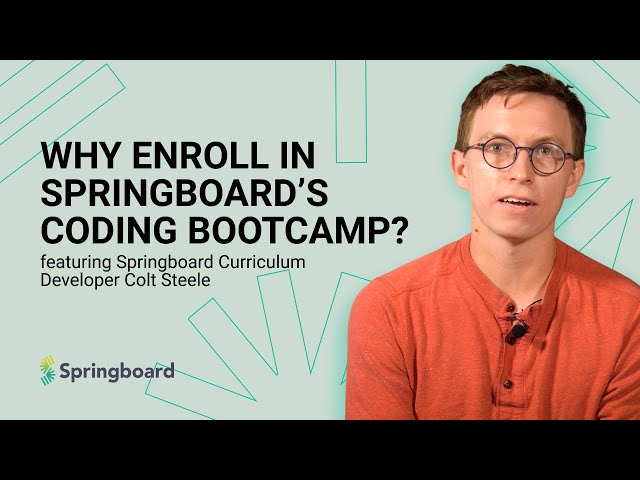

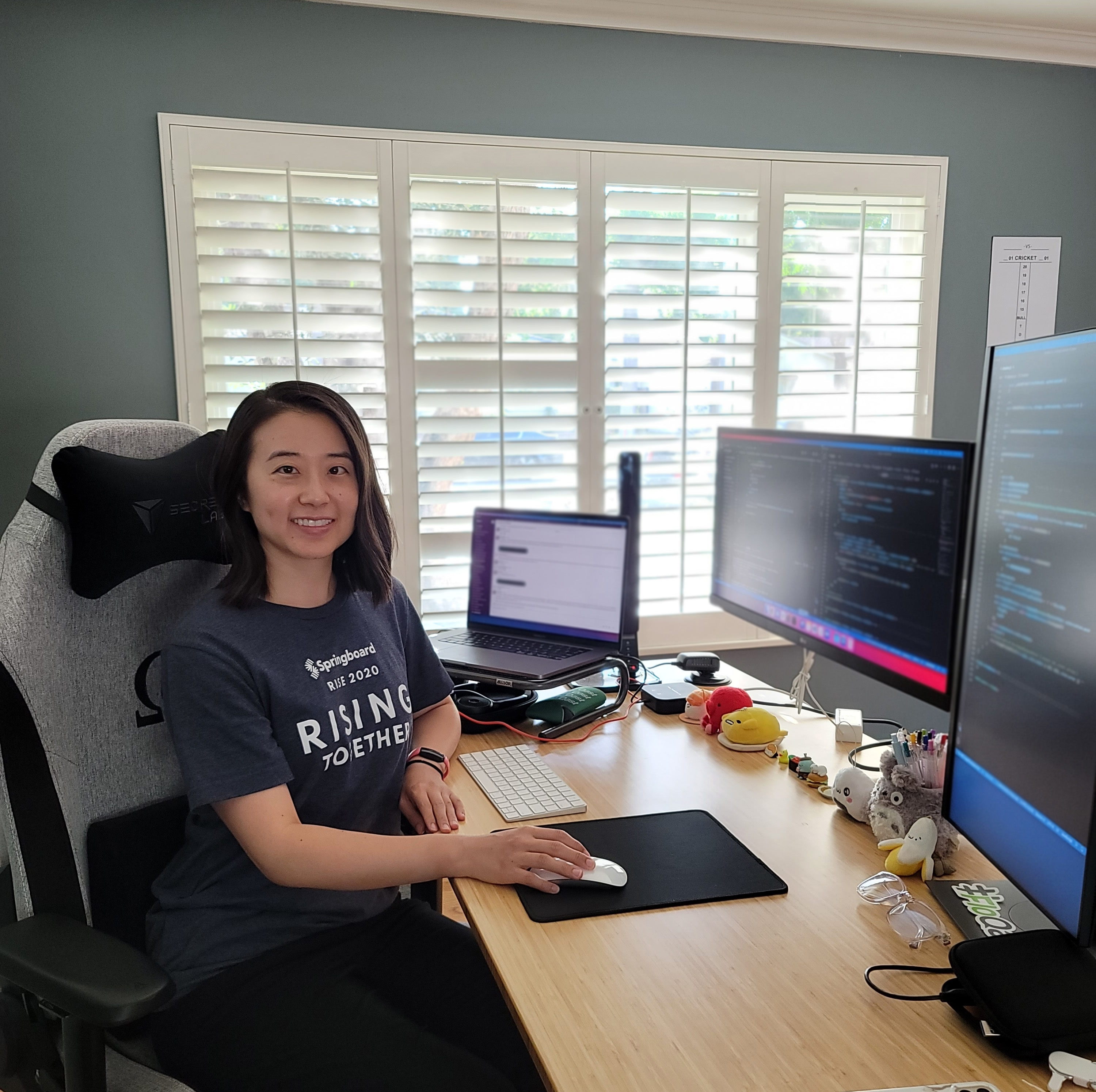

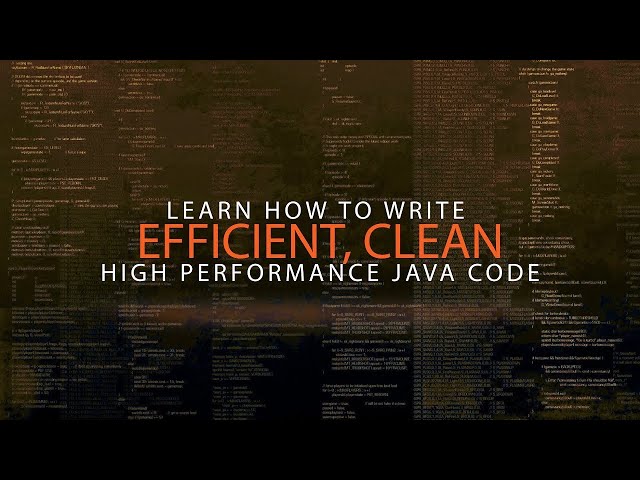

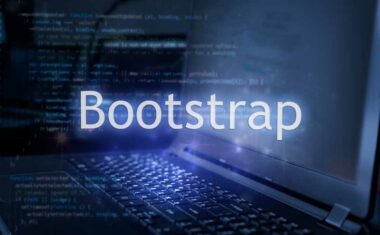
![What Do Full Stack Developers Make [2022 Salary Guide]](png/what-do-full-stack-developers-make-2022-salary-guide-380x235.png)